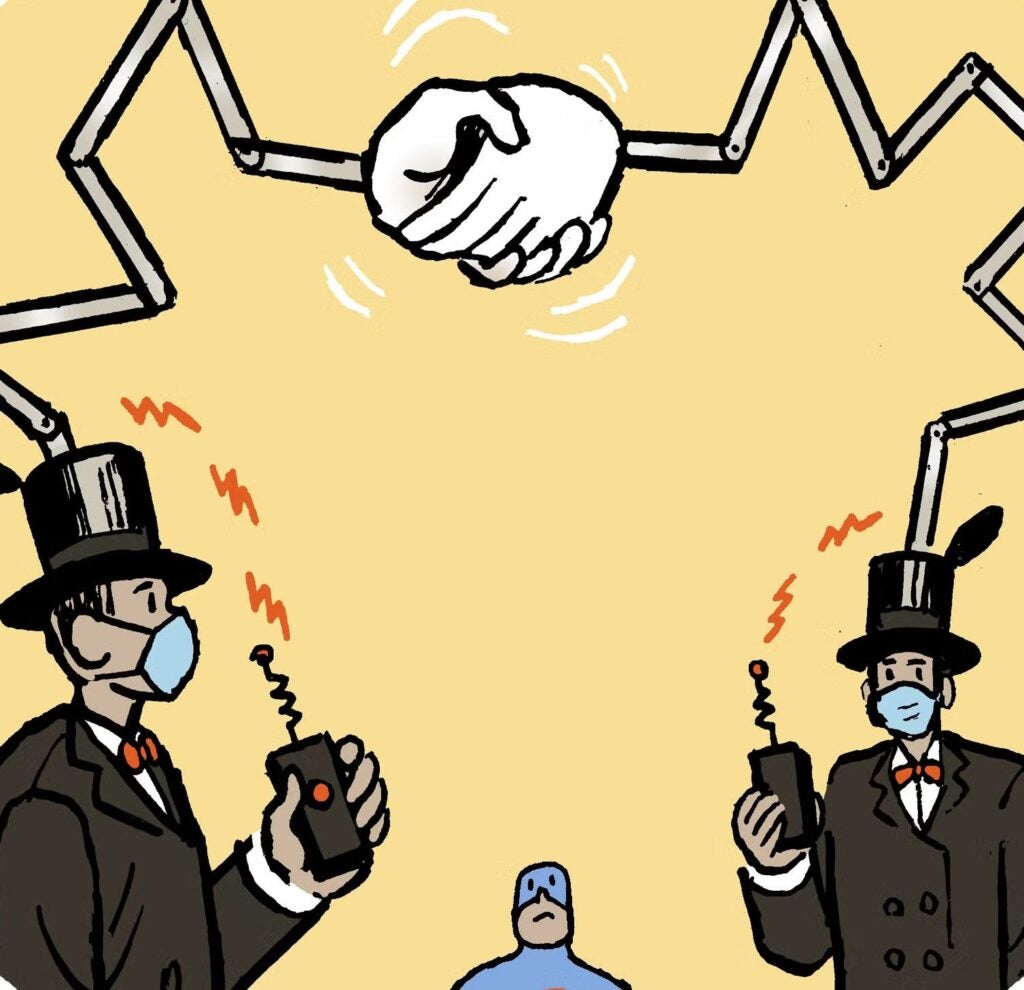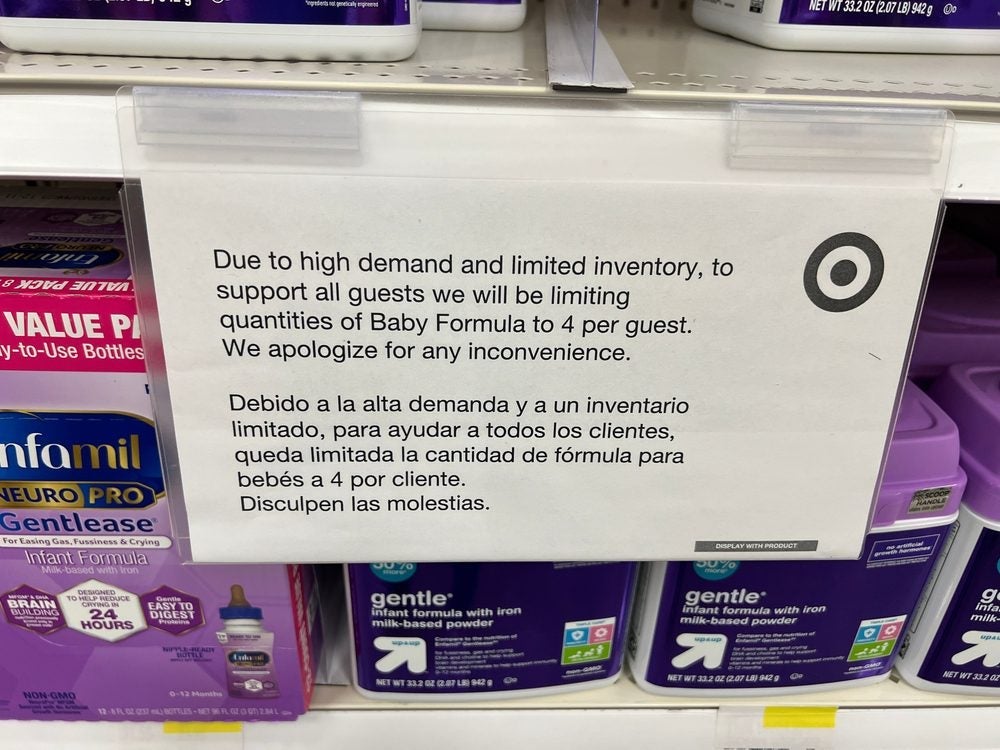‘Click here to unsubscribe’…’To stop receiving this newsletter, reply with ‘remove’ in the subject line’…’To control your preferences, log on to the Web site and go to the preferences section’…
There are many ways to say and do the same thing, but in each case there are subtle differences that must be reconciled if consumers’ expectations are to be met.
Since its inception, the unsubscribe link has had its share of ups and downs related to consumer trust. With privacy and spam concerns at an all-time high, it’s important to examine the truths behind the myths and take steps to restore user confidence.
What does it mean when someone clicks that link? Depending on the nature of the e-mail, consumers who choose to unsubscribe could have different intentions. If they’re unsubscribing from a CNET newsletter, they probably want to stop receiving one particular newsletter, not necessarily all CNET newsletters. If they’re opting out of an Amazon promotion it may just mean stop the promotions, but not the shipping confirmations. And if they’re asking an airline to stop sending flight notifications, they likely still want other mail the airline normally would send them. And so on.
If it’s outright spam, of course they won’t want any messages from that sender. The point is, there has to be a way to identify legitimate senders who consistently honor unsubscribe requests, and to let consumers who receive these legitimate messages unsubscribe with the result they expect.
Urban myth used to warn not to trust unsubscribe links, that they’d only lead to more spam. But a recent analysis by the Federal Trade Commission showed that clicking unsubscribe links on messages from recognizable brands resulted in less e-mail. As a result, many ISPs have removed that questionable warning from their user help documents.
Most people who sign up for things by e-mail are familiar with the term “unsubscribe,” and know that it means “to cancel a subscription, especially to an online publication, service or mailing list.” And according to a recent ReturnPath study, 67% of respondents said they use unsubscribe buttons either all or some of the time, indicating that most consumers are educated about their options in this area.
Unfortunately, consumers don’t have the information, tools or desire to effectively evaluate which links they should click on, so the decisions they make are based primarily on brand rather than anything measurable.
Brand is not an adequate substitute, as big brands sometimes are guilty of poor practices and smaller companies that employ best practices often lack brand recognition. Concerns about phishing still make it hard for consumers to distinguish a legitimate e-mail from a fraudulent one.
Unsubscribe links need more trust overall. Consumers shouldn’t have to think too much about managing their e-mail.
One way we can take some of the stress out of managing spam and e-mail is to implement a consistent unsubscribe function across the industry.
Consumers can’t visually distinguish a valid unsubscribe method from a phony one. In the recent past, a handful of bad actors used unsubscribe links to gather addresses and flood consumer inboxes with spam. As a first step, the unsubscribe button or link should be placed outside the message body, near the “report spam” button, because elements of the message body can be easily spoofed and phished. Implementing the button or link in the e-mail interface will not only be effective, it will reassure consumers that their e-mail providers are screening unsubscribes for them.
This approach already has been employed by Microsoft, Cloudmark and LashBack. In response, users feel better about clicking “unsubscribe” instead of “report spam” when it’s a message they trust.
We have what it takes to make trustworthy unsubscribe a reality. There’s leadership from major ISPs and spam filtering companies. Now other ISPs have to make it a priority.
Joshua Baer is chief technology officer of Datran Media in Austin, TX.
 Network
Network



